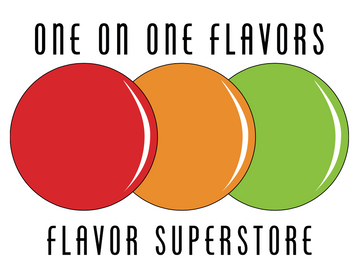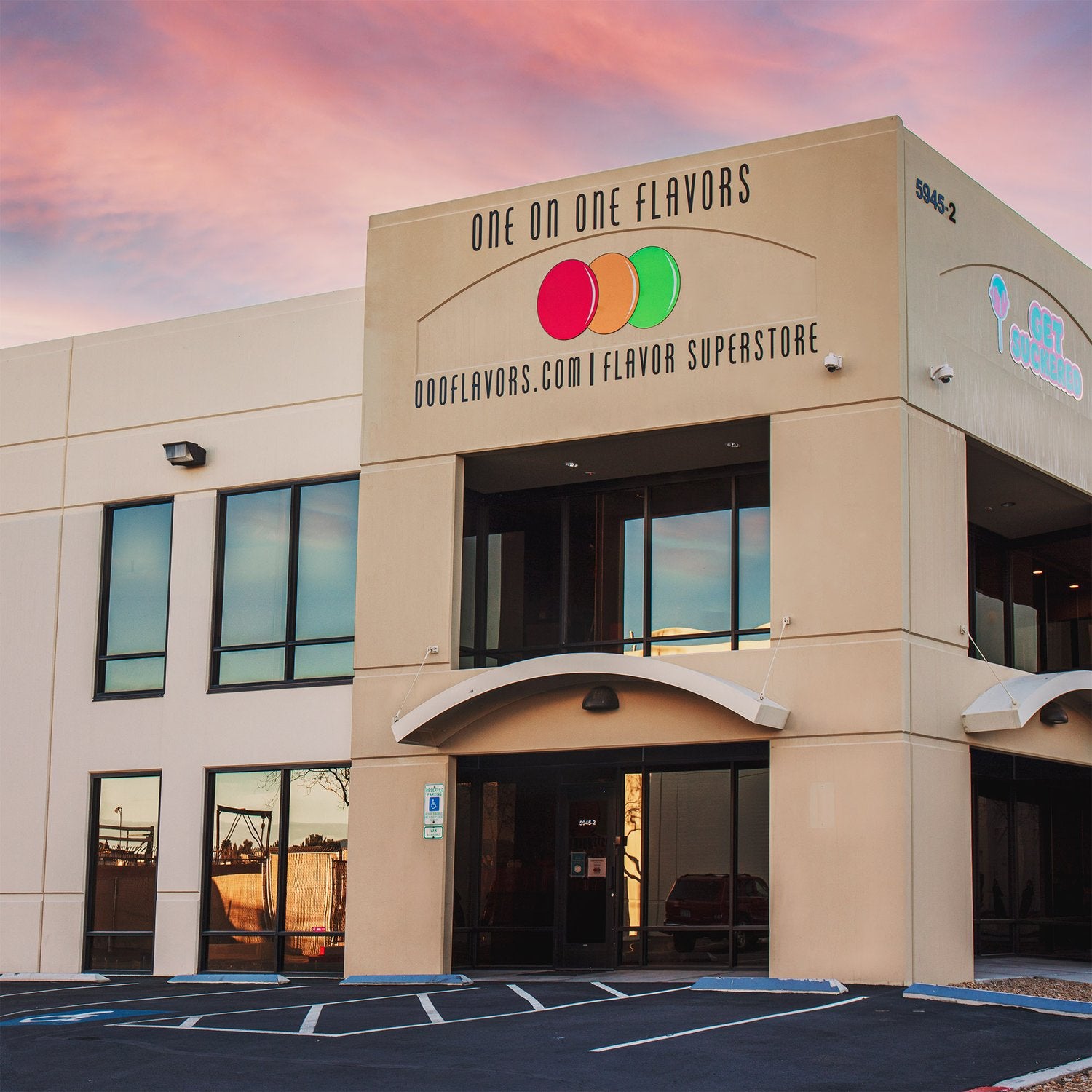Sugar is a staple in baking, but sometimes, using a liquid sweetener is a better option—whether for dietary reasons, texture adjustments, or flavor enhancements. If you’re looking to replace traditional granulated sugar with alternatives like honey, maple syrup, or agave, it’s important to understand how to make the proper adjustments to maintain the structure and consistency of your baked goods.
This guide will show you how to substitute liquid sweeteners for sugar while ensuring your recipes still turn out delicious.
Why Use Liquid Sweeteners Instead of Sugar?
Substituting liquid sweeteners for sugar can:
- Reduce refined sugar content in your baked goods.
- Add unique flavors (e.g., honey’s floral notes or maple syrup’s richness).
- Keep baked goods moist and tender.
- Work well for gluten-free and alternative baking needs.
However, because liquid sweeteners contain water, they can impact the texture and structure of baked goods if not properly adjusted.
General Rule for Substituting Liquid Sweeteners
When replacing sugar with liquid sweeteners, follow this basic formula:
- Replace 1 cup of granulated sugar with ¾ cup of liquid sweetener.
- Reduce other liquids in the recipe by about ¼ cup to balance the extra moisture.
- Adjust baking temperature by lowering it by 25°F, as liquid sweeteners can cause faster browning.
- Increase leavening agents slightly (such as baking soda or powder) if needed, as sugar helps structure formation.
Best Liquid Sweetener Substitutes for Sugar
1. Honey
Sweetness Level: Slightly sweeter than sugar
Best For: Cakes, muffins, breads, cookies
How to Use: Use ¾ cup honey per 1 cup of sugar, reduce liquids by ¼ cup. Honey’s acidity may require a pinch of baking soda to help balance the pH.
2. Maple Syrup
Sweetness Level: Slightly less sweet than sugar
Best For: Pancakes, waffles, quick breads, frostings
How to Use: Replace 1 cup sugar with ¾ cup maple syrup, and reduce liquids accordingly.
3. Agave Nectar
Sweetness Level: Sweeter than sugar
Best For: Cakes, cookies, glazes, bars
How to Use: Use ⅔ to ¾ cup agave for 1 cup sugar. Agave has a high moisture content, so it’s important to cut back on other liquids in the recipe.
4. Molasses
Sweetness Level: Less sweet, but rich in flavor
Best For: Gingerbread, spice cakes, dark cookies
How to Use: Use ½ to ¾ cup molasses for 1 cup sugar. Since molasses is very acidic, adding ¼ teaspoon baking soda can help neutralize it.
Tips for Successfully Baking with Liquid Sweeteners
✔ Adjust Liquid and Dry Ingredients – Since liquid sweeteners add moisture, always reduce other liquids to avoid a runny batter.
✔ Lower the Oven Temperature – Liquid sweeteners caramelize faster than sugar, so reduce the temperature by 25°F to prevent over-browning.
✔ Use Complementary Flavors – Each sweetener has unique taste notes; honey works well with warm spices, while maple syrup enhances nutty flavors.
✔ Choose the Right Texture – For crispier baked goods, consider blending liquid sweeteners with a small amount of granulated sugar to retain structure.
Can You Use Sugar-Free Liquid Sweeteners?
Yes! Sugar-free sweeteners like stevia, monk fruit, or erythritol-based syrups can work well. However, since these sweeteners vary in sweetness and texture, always check for recommended baking ratios.
For sugar-free and keto-friendly baking, try OOOFlavors Flavor Concentrates to enhance the taste without adding sugar.
Final Thoughts
Baking with liquid sweeteners is an excellent way to customize recipes, add unique flavors, and reduce refined sugar. By following the right adjustments, you can achieve the same delicious results while experimenting with alternative sweeteners.
Start testing your favorite honey, maple syrup, or agave substitutions today, and explore new flavor possibilities in your baked goods!

